Home>Articles>How To Remove Sticky Residue From Peel And Stick Tile
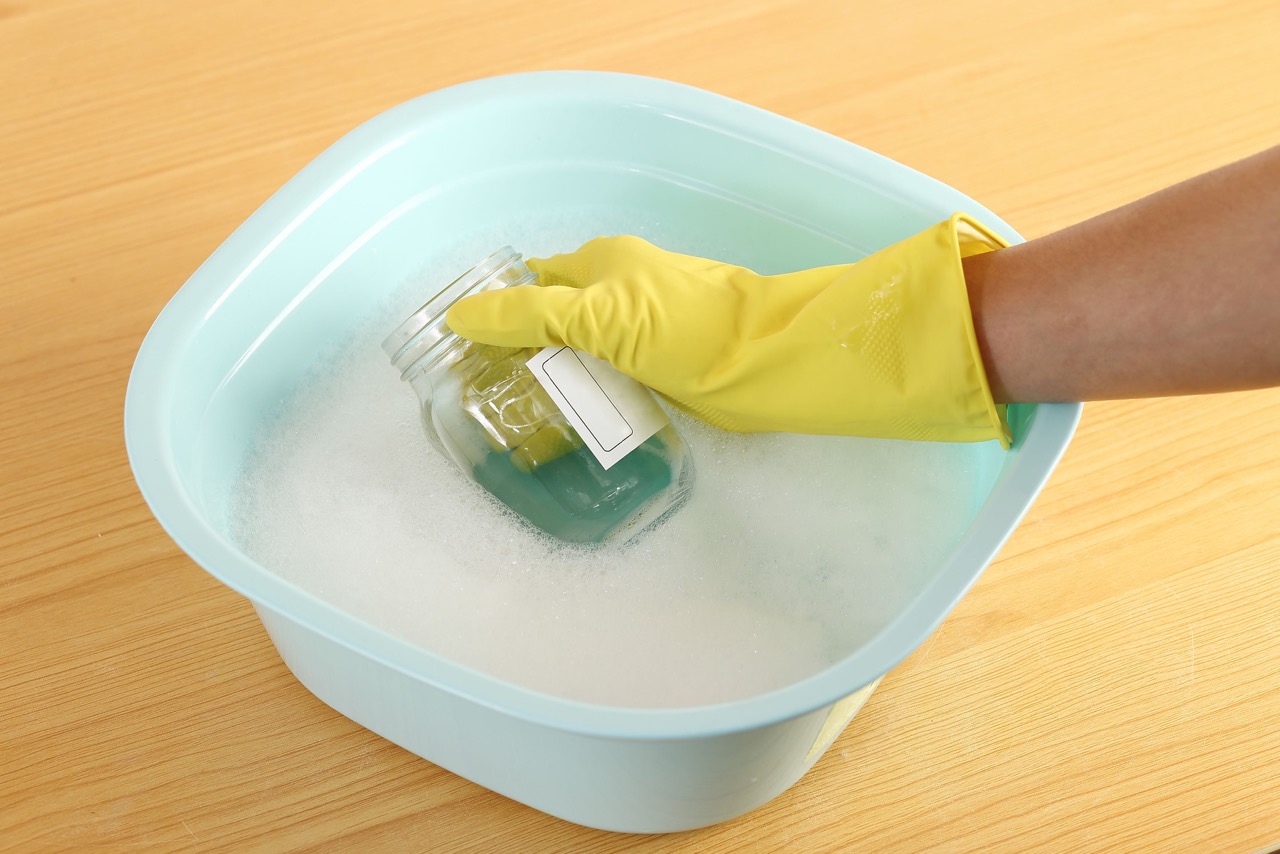

Articles
How To Remove Sticky Residue From Peel And Stick Tile
Modified: May 6, 2024
Learn effective methods for removing sticky residue from peel and stick tile in this informative article. Say goodbye to stubborn stains with these expert tips.
(Many of the links in this article redirect to a specific reviewed product. Your purchase of these products through affiliate links helps to generate commission for Storables.com, at no extra cost. Learn more)
Introduction
Peel and stick tiles are a convenient and cost-effective option for adding style and durability to any space. Whether you’re using them in your kitchen, bathroom, or any other area of your home, these adhesive tiles are designed to provide a quick and easy way to upgrade your flooring. However, when it comes time to remove them, you may encounter a common issue – sticky residue left behind on the surface.
This sticky residue can be frustrating and seemingly impossible to remove, but fear not! In this article, we will guide you through the process of removing sticky residue from peel and stick tiles. We will provide you with various methods and techniques to effectively eliminate the residue without causing damage to the underlying surface.
Before we delve into the removal methods, it’s essential to understand why sticky residue forms on peel and stick tiles. The adhesive on these tiles is designed to be strong and durable, allowing them to adhere firmly to the surface. However, over time, exposure to heat, humidity, foot traffic, and other factors can weaken the adhesive bond and cause the tiles to shift or loosen.
When the tiles are lifted, the adhesive residue remains on the surface, leaving behind a sticky, unsightly mess. This residue not only looks unappealing but can attract dirt, making it harder to clean and maintain your floor. The good news is that with proper techniques and the right materials, you can successfully remove the sticky residue and restore the beauty of your floors.
In the following sections, we will outline the materials you will need and provide step-by-step instructions for three effective methods: using heat, using solvents, and using natural remedies. We will also highlight some precautions to consider during the removal process to ensure the safety of your surfaces and yourself.
Now, let’s dive into the methods and discover how to restore your peel and stick tile floors to their original condition.
Key Takeaways:
- Say goodbye to sticky residue on peel and stick tiles with heat, solvents, or natural remedies. Restore your floors to their original condition with patience and the right materials.
- Exercise caution and take necessary precautions when removing sticky residue. Protect your tiles and yourself while achieving a pristine, residue-free finish.
Read more: How To Remove Sticky Residue From A Carpet
Understanding Sticky Residue on Peel and Stick Tile
Before you embark on the journey to remove sticky residue from your peel and stick tiles, it’s important to understand the nature of the residue and why it forms in the first place.
The sticky residue that remains on the surface after removing peel and stick tiles is primarily caused by the adhesive used to secure the tiles. This adhesive is formulated to provide a strong and long-lasting bond with the surface, ensuring that the tiles stay in place. However, over time, factors such as heat, humidity, and exposure to foot traffic can weaken the adhesive, causing it to lose its effectiveness.
When you lift the tiles, the bond between the adhesive and the surface is broken, while a thin layer of adhesive residue remains. This residue can be sticky and challenging to remove completely, especially if it has had time to harden or accumulate dirt and debris.
Various factors can contribute to the formation of sticky residue on peel and stick tiles:
- Heat and Humidity: Excessive heat and humidity can cause the adhesive to soften, making it more prone to leaving residue behind.
- Foot Traffic: Walking on the tiles can gradually wear down the adhesive, leading to a weaker bond and the potential for residue formation.
- Improper Installation: If the tiles were not properly applied or if the surface was not adequately prepared before installation, the adhesive may not have adhered as well as it should, increasing the likelihood of residue.
- Duration of Use: The longer the tiles have been in place, the greater the chances of residue formation as the adhesive naturally deteriorates over time.
Now that we have a better understanding of why sticky residue forms on peel and stick tiles, we can move on to exploring the methods and techniques to effectively remove it. Remember, patience and the appropriate tools and materials will be crucial in achieving successful results while avoiding damage to your tiles or the underlying surface.
Materials Needed
Before you begin the process of removing sticky residue from peel and stick tiles, it’s important to gather the necessary materials. Having the right tools and supplies on hand will make the task much more manageable. Here are the materials you will need:
- Heat source: You will require a heat source such as a hairdryer or heat gun. This will be used to soften the adhesive and make it easier to remove the residue.
- Solvent: Depending on the method you choose, you may need a solvent to dissolve the sticky residue. Common solvents include rubbing alcohol, adhesive remover, or even household items like vinegar or baking soda.
- Protective gloves: It’s always a good idea to protect your hands while working with solvents or adhesives. Disposable gloves will prevent any potential skin irritation or exposure to chemicals.
- Scrapers or putty knives: These tools are essential for gently scraping off the sticky residue from the tiles without damaging the surface. Plastic scrapers or putty knives are ideal as they are less likely to cause scratches.
- Clean, lint-free cloth: A cloth or towel will come in handy for wiping away the dissolved residue or excess solvent during the removal process.
- Warm water and mild soap: After removing the sticky residue, it’s important to clean the area thoroughly. Warm water and a mild soap will help remove any residual adhesive or cleaning agents.
- Microfiber mop or sponge: To ensure a clean and polished final result, a microfiber mop or sponge can be used to mop the floor and remove any remaining traces of residue or cleaning solution.
Having these materials ready and easily accessible will help streamline the removal process and allow for a more efficient and successful outcome. Remember to read and follow the instructions provided with any solvents or adhesive removers to ensure safe and proper usage.
Method 1: Using Heat
Using heat is a common and effective method for removing sticky residue from peel and stick tiles. The application of heat helps soften the adhesive, making it easier to scrape off without causing damage to the tiles. Here’s how you can use heat to remove sticky residue:
- Start by setting your heat source to a low or medium heat setting. This will prevent overheating and potential damage to the tiles.
- Hold the heat source a few inches away from the sticky residue and move it back and forth in a sweeping motion. Avoid keeping the heat concentrated on one spot for too long to prevent overheating.
- Continue applying heat until you notice the adhesive starting to soften and loosen. Be patient, as this may take a few minutes.
- Once the adhesive has softened, use a plastic scraper or putty knife to gently scrape off the residue. Be careful not to apply too much pressure to avoid scratching the tiles.
- If the residue doesn’t come off easily, you can reapply heat and repeat the scraping process until the majority of the sticky residue is removed.
- After scraping off most of the residue, use a clean, lint-free cloth to wipe away any remaining adhesive or residue.
- Finally, clean the area with warm water and mild soap to remove any leftover residue or cleaning agents.
It’s important to note that excessive heat can damage the surface or cause the tiles to warp, so it’s always best to start with a lower heat setting and gradually increase if needed. Additionally, be cautious when using heat near flammable materials and always follow the manufacturer’s recommendations for your specific heat source.
This method is ideal for smaller areas or when dealing with stubborn residue. However, for larger areas or extensively sticky tiles, you may need to explore other removal methods, such as using solvents or natural remedies.
Now that you’ve successfully learned how to use heat to remove sticky residue from peel and stick tiles, let’s explore another effective method: using solvents.
Use a mixture of warm water and mild dish soap to gently scrub away the sticky residue from peel and stick tiles. Avoid using harsh chemicals or abrasive scrubbers to prevent damage to the tile surface.
Method 2: Using Solvents
If using heat doesn’t completely remove the sticky residue from your peel and stick tiles, you can turn to solvents as an alternative method. Solvents work by dissolving the adhesive, making it easier to wipe away the residue. Here’s how you can use solvents to remove sticky residue:
- Start by choosing a suitable solvent for your specific type of adhesive residue. Common solvents include rubbing alcohol, adhesive removers, or even household items like vinegar or baking soda.
- Apply a small amount of the solvent directly onto the sticky residue. Be careful not to oversaturate the area, as excessive moisture can potentially damage the tiles or the underlying surface.
- Allow the solvent to sit on the residue for a few minutes. This will give it time to penetrate and dissolve the adhesive.
- Using a plastic scraper or putty knife, gently scrape off the softened residue. Take care not to apply too much pressure to avoid scratching the tiles.
- If there is stubborn residue that remains, reapply the solvent and repeat the scraping process until the majority of the residue is gone.
- Once you have removed the sticky residue, use a clean, lint-free cloth to wipe away any remaining solvent or residue.
- Finally, clean the area with warm water and mild soap to ensure that all traces of the solvent and residue are removed.
When working with solvents, it is important to follow the manufacturer’s instructions and exercise caution. Some solvents can emit strong fumes, so make sure to work in a well-ventilated area or wear a mask if necessary. Additionally, conduct a spot test on a small, inconspicuous area of the tiles to ensure that the solvent does not cause any discoloration or damage.
If you prefer a more natural approach or want to avoid using harsh chemicals, you can explore method 3: using natural remedies to remove sticky residue.
Now that you know how to use solvents effectively, let’s move on to the next method: using natural remedies.
Read more: How To Remove Peel And Stick Floor Tile
Method 3: Using Natural Remedies
If you prefer a chemical-free approach or want to explore more natural options, there are several household items that can help you remove sticky residue from peel and stick tiles. These natural remedies are gentle yet effective in breaking down the adhesive. Here’s how you can use natural remedies to remove sticky residue:
- Vinegar: Vinegar is a versatile ingredient that can be used for various cleaning purposes. Mix equal parts white vinegar and warm water in a spray bottle. Spray the solution onto the sticky residue and let it sit for a few minutes. Using a plastic scraper or putty knife, gently scrape off the residue. Wipe the area clean with a damp cloth.
- Baking Soda: Baking soda is well-known for its cleaning properties. Create a paste by mixing baking soda with a small amount of water. Apply the paste onto the sticky residue, let it sit for a few minutes, and then gently scrub the area with a sponge or soft brush. Rinse the tiles with warm water and wipe them dry.
- Citrus Oil: Citrus oils, such as lemon or orange oil, can help dissolve adhesive residue. Apply a small amount of citrus oil onto the sticky residue and let it sit for a few minutes. Use a plastic scraper or putty knife to scrape off the softened residue. Wipe the area clean with a damp cloth.
- Peanut Butter: Believe it or not, peanut butter can be an effective natural remedy for removing sticky residue. Spread a thin layer of peanut butter onto the residue and let it sit for a few minutes. Using a plastic scraper or putty knife, gently scrape off the residue. Wipe the area clean with a damp cloth.
These natural remedies are safe to use and are often readily available in most households. However, it’s always a good idea to conduct a spot test on a small, inconspicuous area of the tiles before applying these remedies to ensure compatibility and to avoid any potential damage.
After using natural remedies or any cleaning method, it’s important to clean the area with warm water and mild soap to remove any leftover residue or cleaning agents. This will ensure a clean and pristine finish.
Now that you have learned about various methods to remove sticky residue from peel and stick tiles – using heat, solvents, and natural remedies – you can choose the method that suits your preference and the specific characteristics of the residue you’re dealing with.
Remember to exercise patience and take the necessary precautions to protect the tiles and the underlying surface as you work on removing the sticky residue.
Precautions to Consider
When removing sticky residue from peel and stick tiles, it’s important to take certain precautions to ensure the safety of yourself and the surfaces you’re working on. Here are some precautions to consider:
- Protective gear: Wear disposable gloves to protect your hands from harsh solvents or chemicals. If you’re using a heat source, be mindful of potential burns and use heat-resistant gloves if necessary.
- Ventilation: If you’re working with solvents that emit strong fumes, make sure you’re working in a well-ventilated area. Open windows or use fans to help circulate fresh air.
- Spot test: Before applying any solvents or natural remedies, conduct a spot test on a small, inconspicuous area of the tiles. This will help you determine if the product or method will cause any discoloration or damage.
- Read instructions: Always follow the manufacturer’s instructions when using solvents or adhesive removers. Use them in the recommended amounts and durations to prevent any adverse reactions or harm to the tiles.
- Avoid excessive moisture: Whether you’re using solvents or natural remedies, avoid oversaturating the tiles with excessive moisture. This can potentially damage the tiles or the underlying surface.
- Be gentle: When scraping off the residue, use plastic scrapers or putty knives to prevent scratching the tiles. Apply gentle pressure and take your time to avoid causing any damage.
- Clean thoroughly: After removing the residue, thoroughly clean the area with warm water and mild soap. This ensures that no residue or cleaning agents are left behind, leaving your tiles clean and ready for use.
By taking these precautions, you can minimize the risk of damage to your peel and stick tiles while effectively removing the sticky residue.
If you’re unsure about the best approach for your specific situation, it’s always a good idea to consult the manufacturer’s guidelines or seek professional advice.
Now that you’re equipped with the necessary precautions, you’re ready to tackle the task of removing sticky residue from your peel and stick tiles with confidence.
Conclusion
Removing sticky residue from peel and stick tiles can be a frustrating task, but with the right techniques and materials, it is entirely possible to restore your floors to their original condition. We have explored three effective methods: using heat, solvents, and natural remedies.
Using heat is a simple and accessible method that softens the adhesive, making it easier to scrape off. Solvents, such as rubbing alcohol or vinegar, can dissolve the sticky residue, while natural remedies like baking soda or citrus oil offer a chemical-free alternative. Each method has its advantages, so you can choose the one that suits your preferences or the specific type of residue you’re dealing with.
Throughout the removal process, it’s essential to exercise caution and take necessary precautions. Wearing protective gear, working in a well-ventilated area, spot testing, reading instructions, and being gentle when scraping off the residue are all important steps to ensure your safety and prevent damage to the tiles.
Remember to thoroughly clean the area after removing the residue, using warm water and mild soap, to ensure a pristine and residue-free finish.
Whether you’re dealing with residue from your kitchen, bathroom, or any other area of your home, these methods can help you restore the beauty of your peel and stick tiles. The key is to be patient, persistent, and prepared with the right materials.
With these techniques and precautions in mind, you can confidently tackle the task of removing sticky residue from peel and stick tiles, rejuvenating your floors and maintaining a clean and appealing living space.
So go ahead, say goodbye to sticky residue and enjoy the renewed beauty of your peel and stick tiles!
Now that you've tackled sticky residues, why not dive into another essential home care topic? Our next guide offers invaluable cleaning tips for sprucing up your refrigerator. This piece covers everything from wiping down shelves to deep-cleaning those hard-to-reach corners, ensuring your fridge stays fresh and hygienic. It's a perfect read for anyone eager to maintain a spotless kitchen environment. Don't miss out on these practical insights!
Frequently Asked Questions about How To Remove Sticky Residue From Peel And Stick Tile
Was this page helpful?
At Storables.com, we guarantee accurate and reliable information. Our content, validated by Expert Board Contributors, is crafted following stringent Editorial Policies. We're committed to providing you with well-researched, expert-backed insights for all your informational needs.
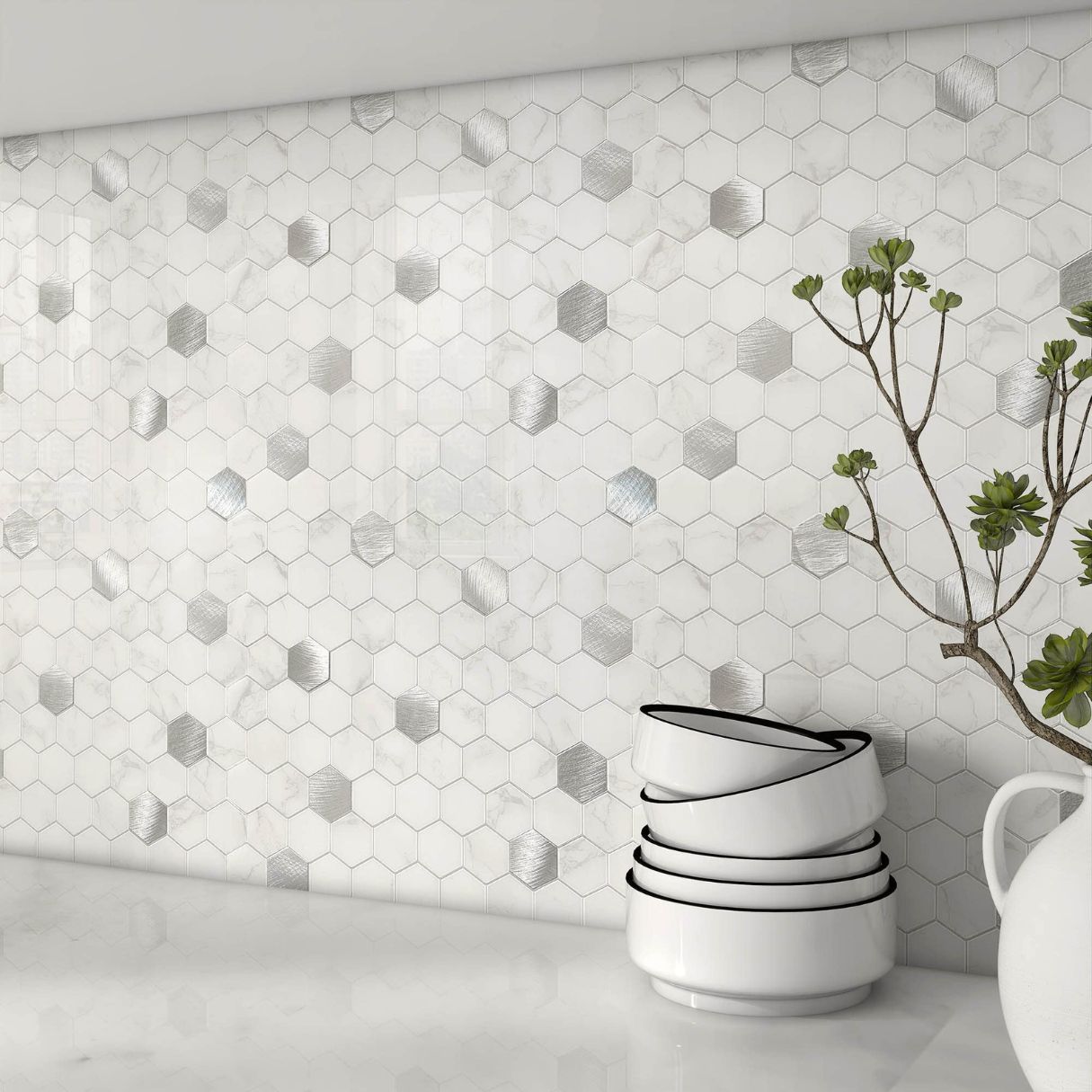
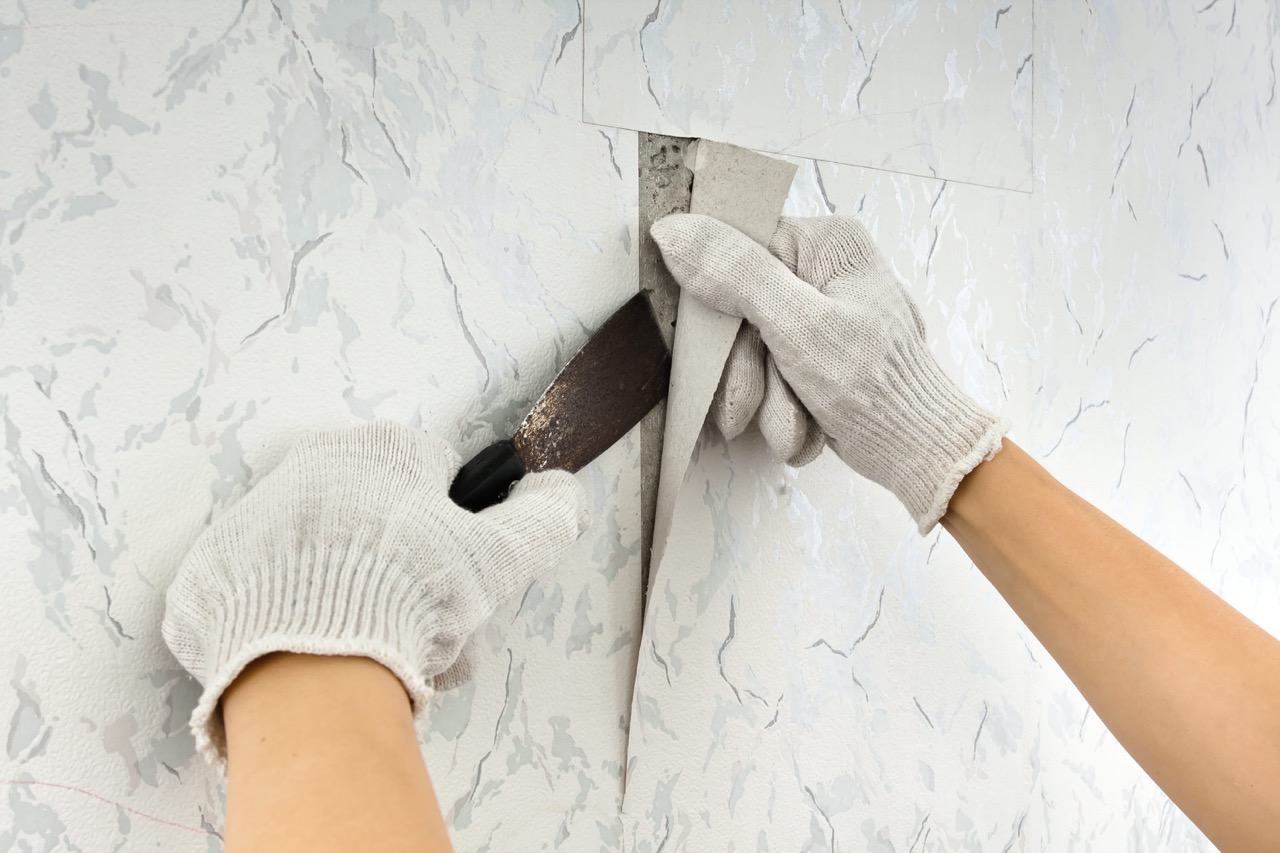

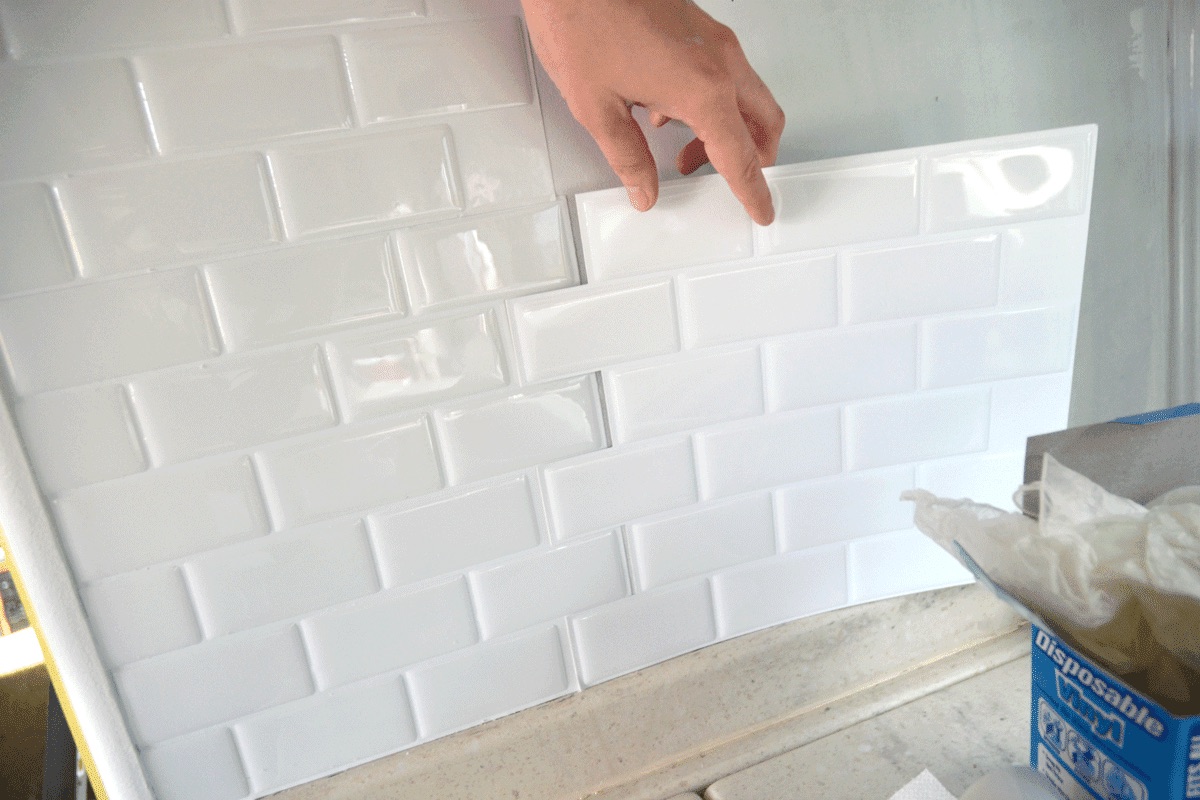
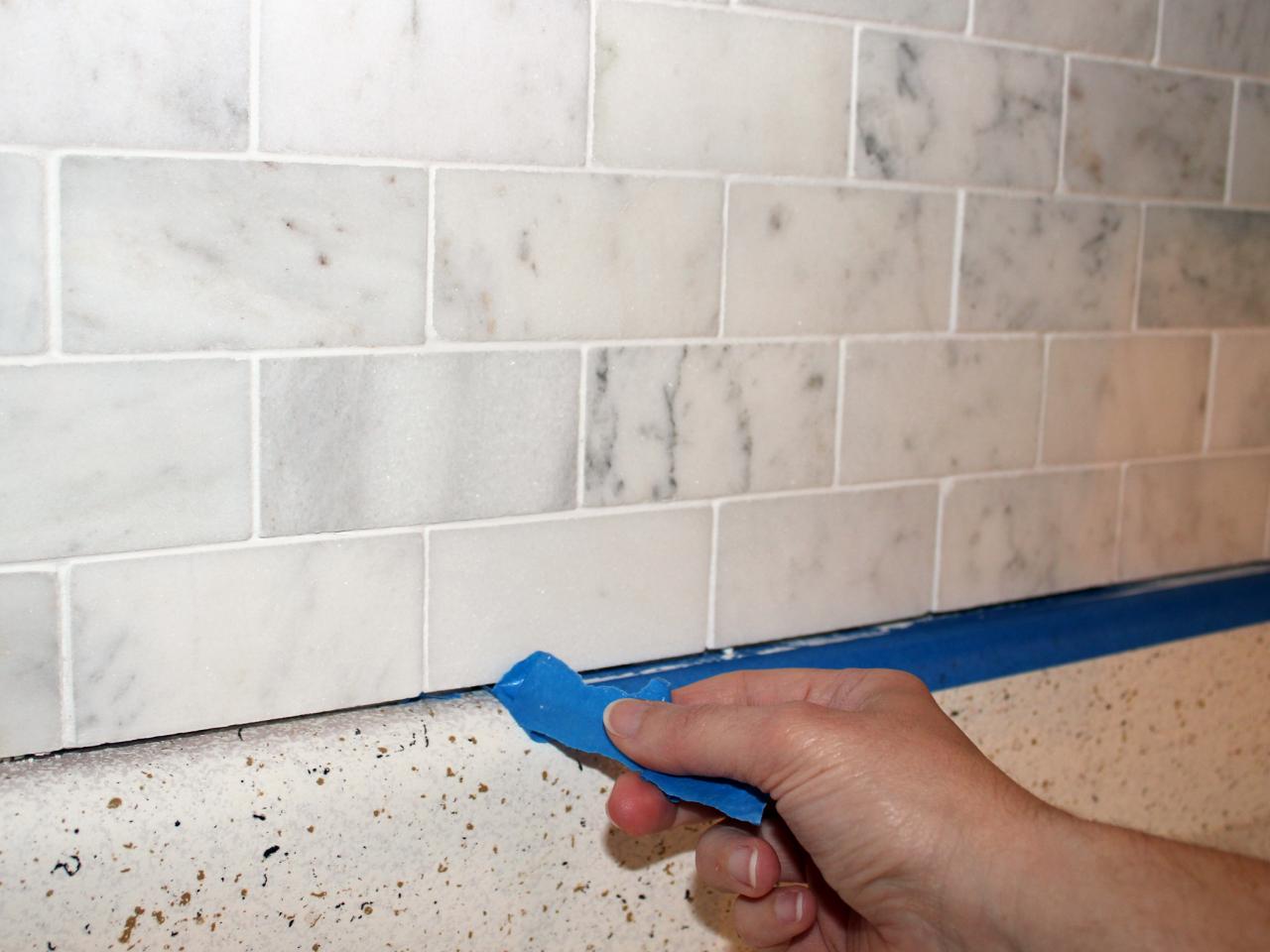
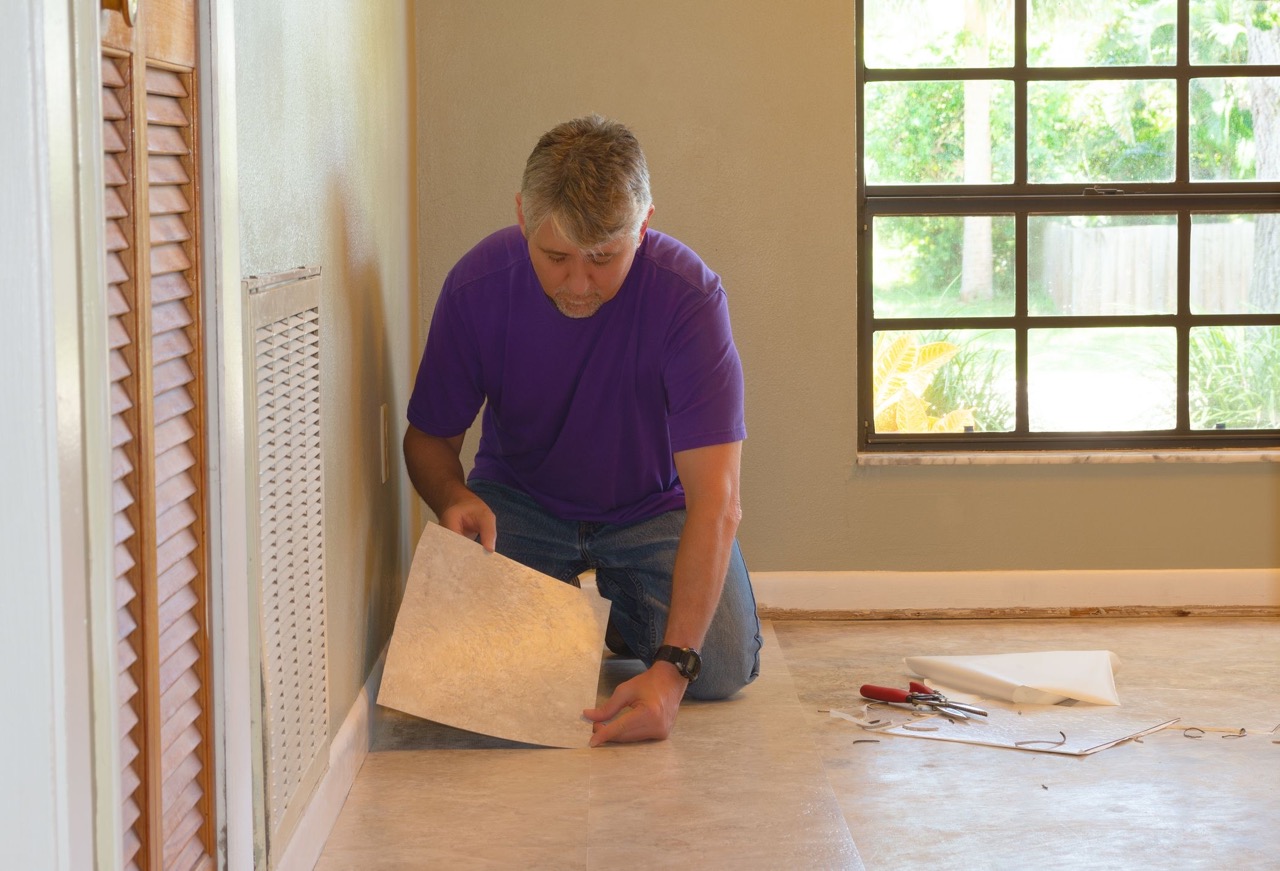
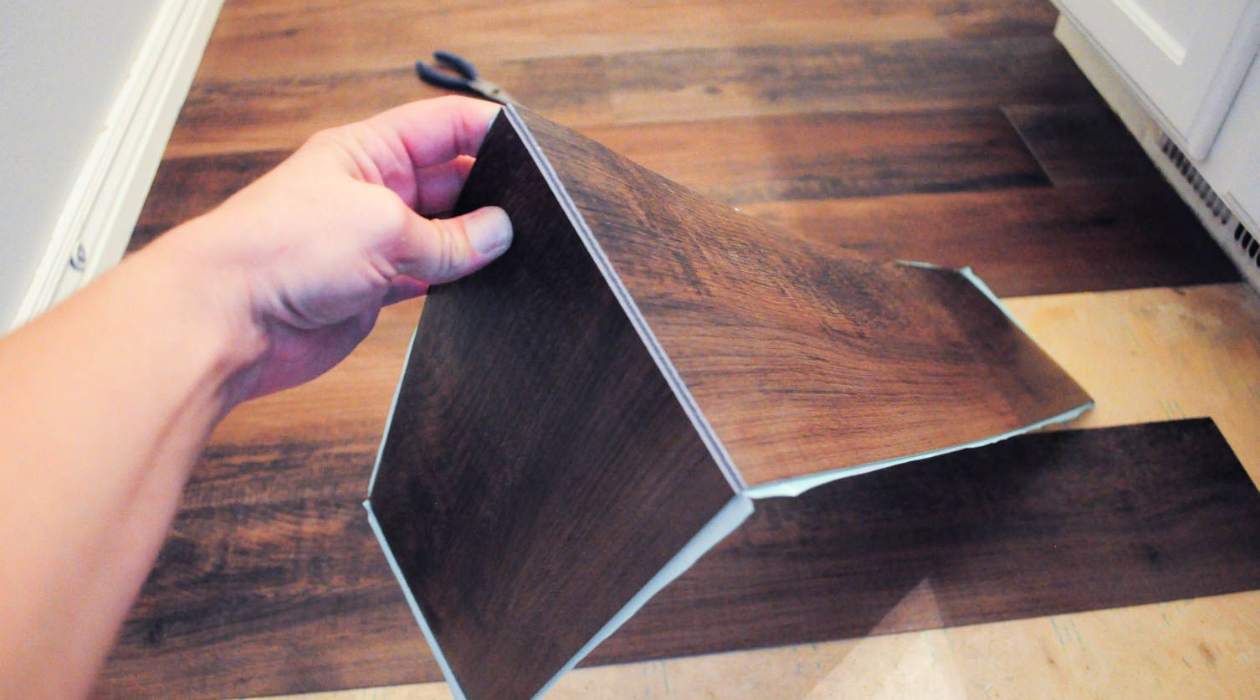
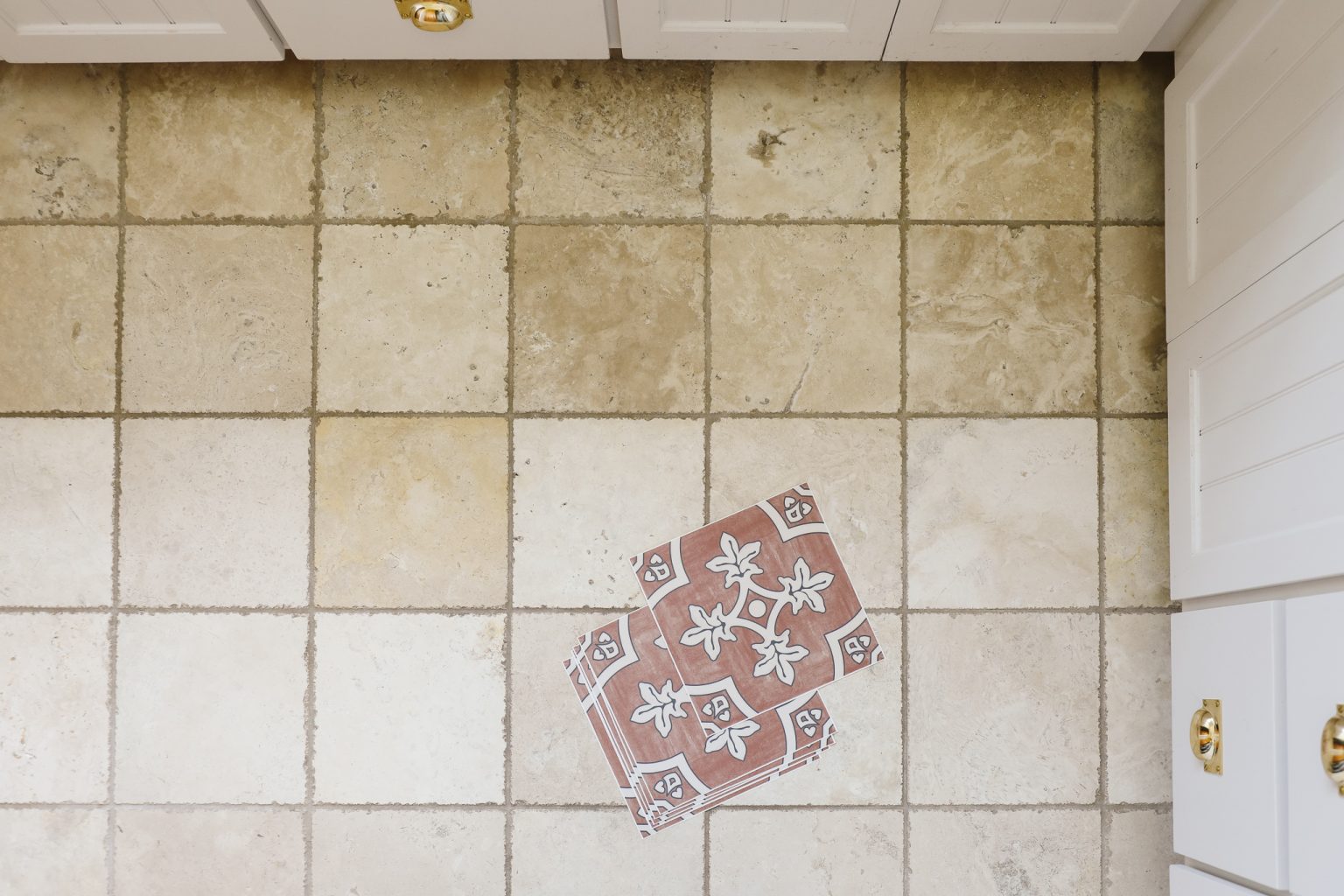
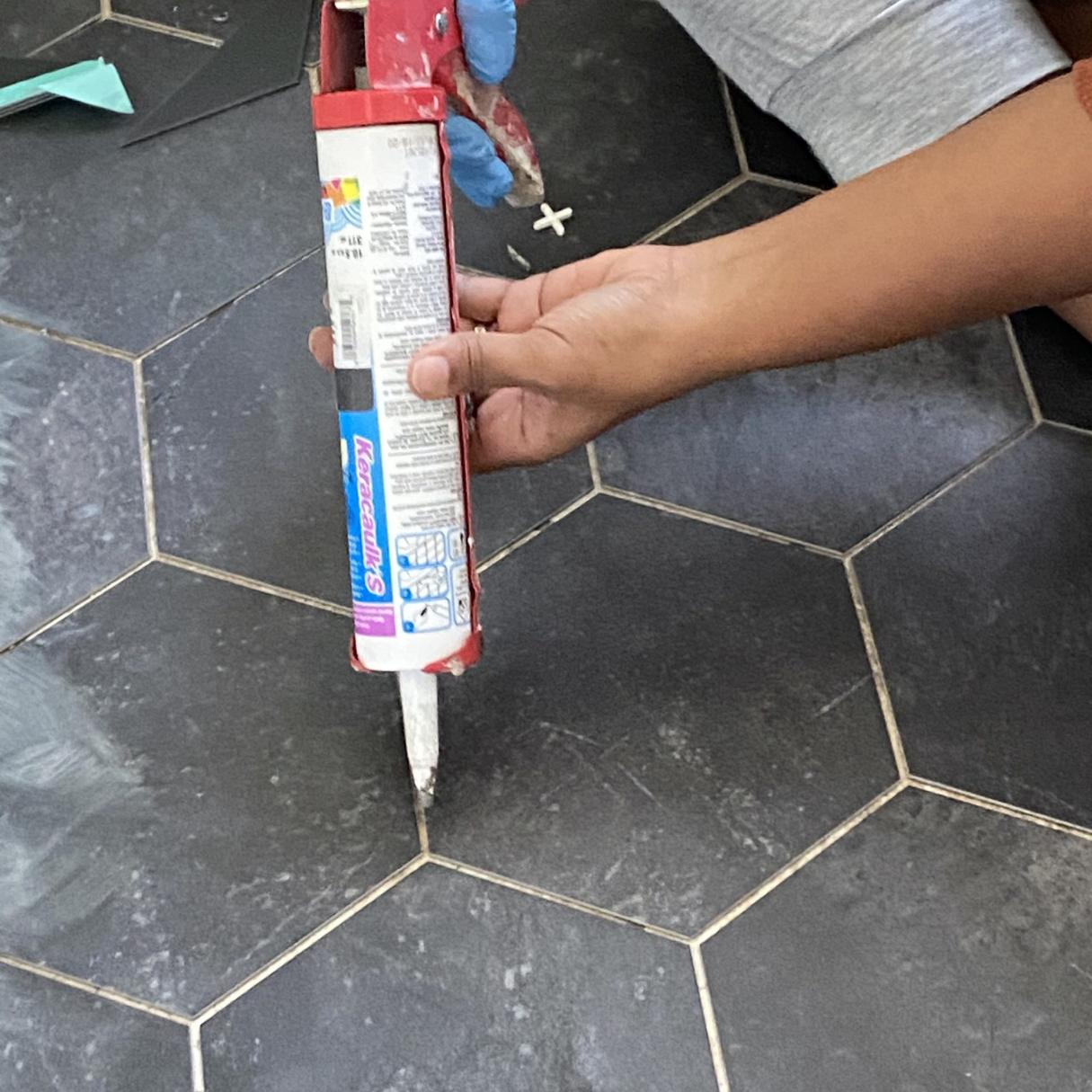
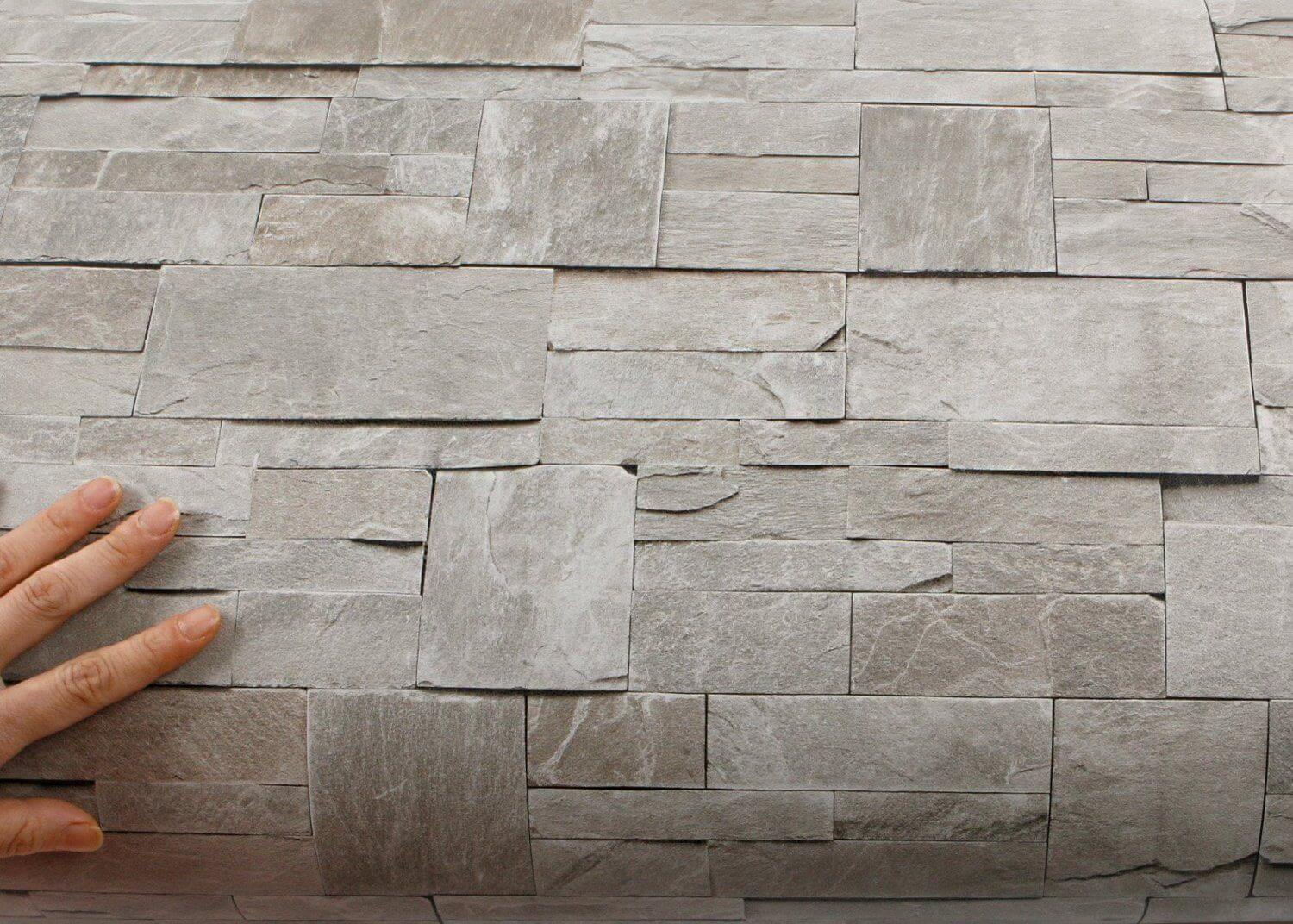
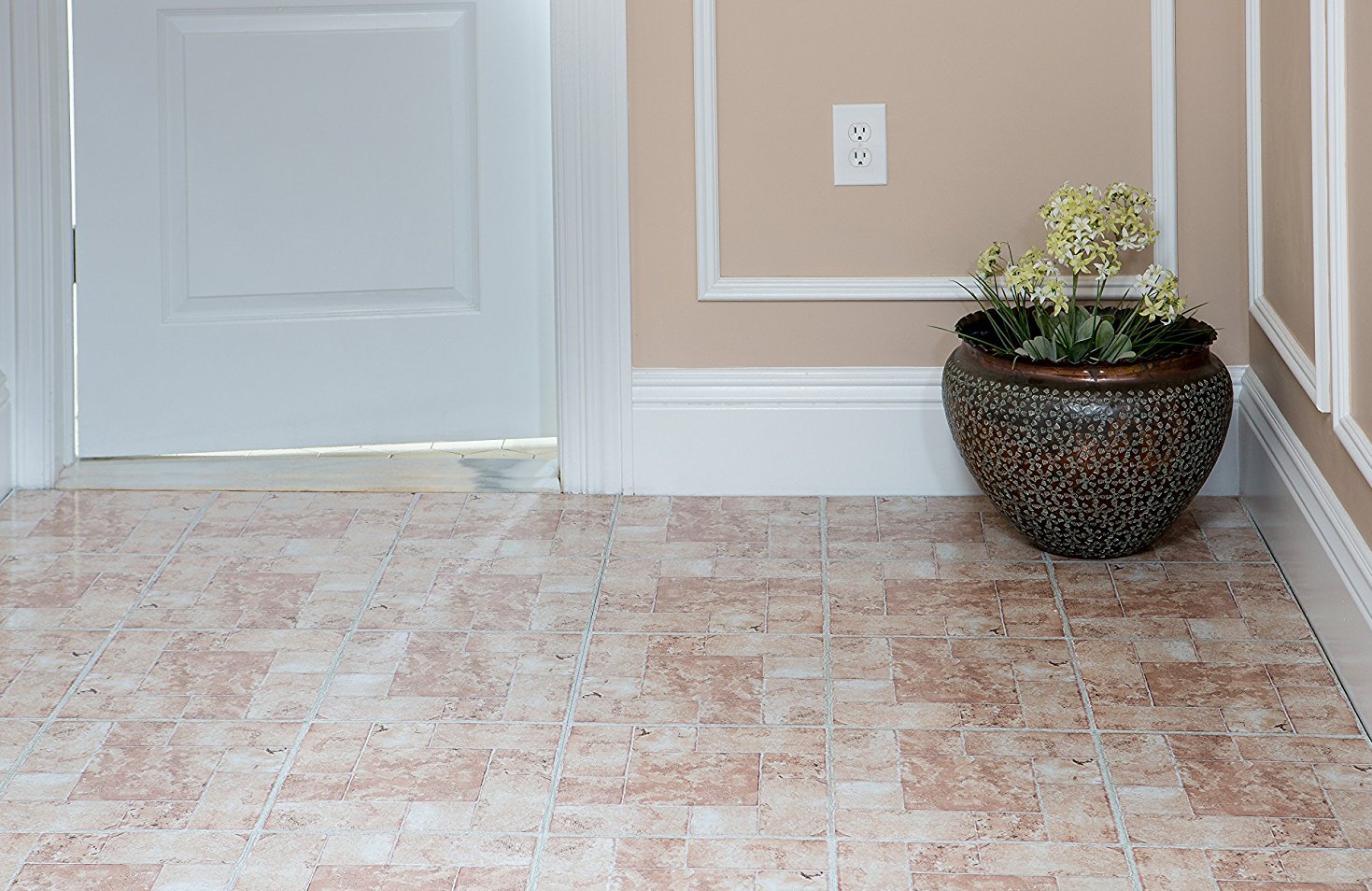
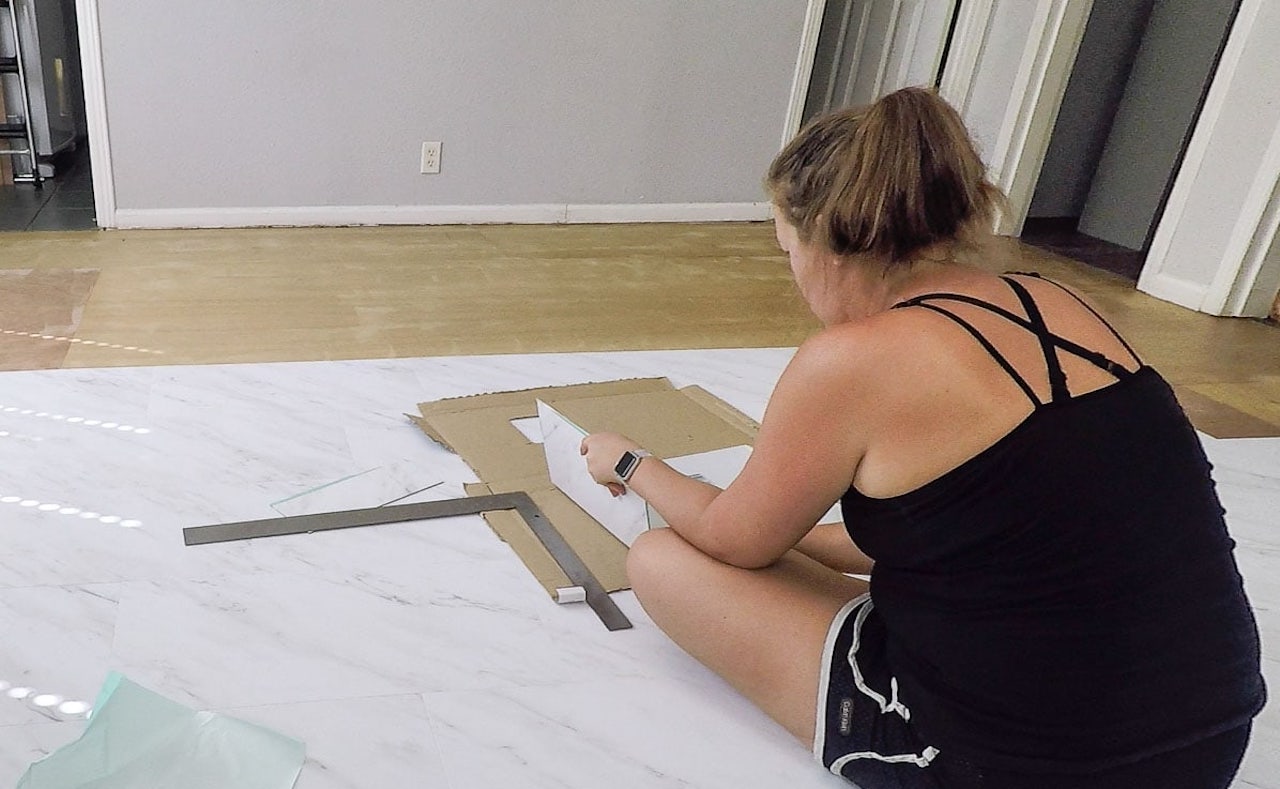
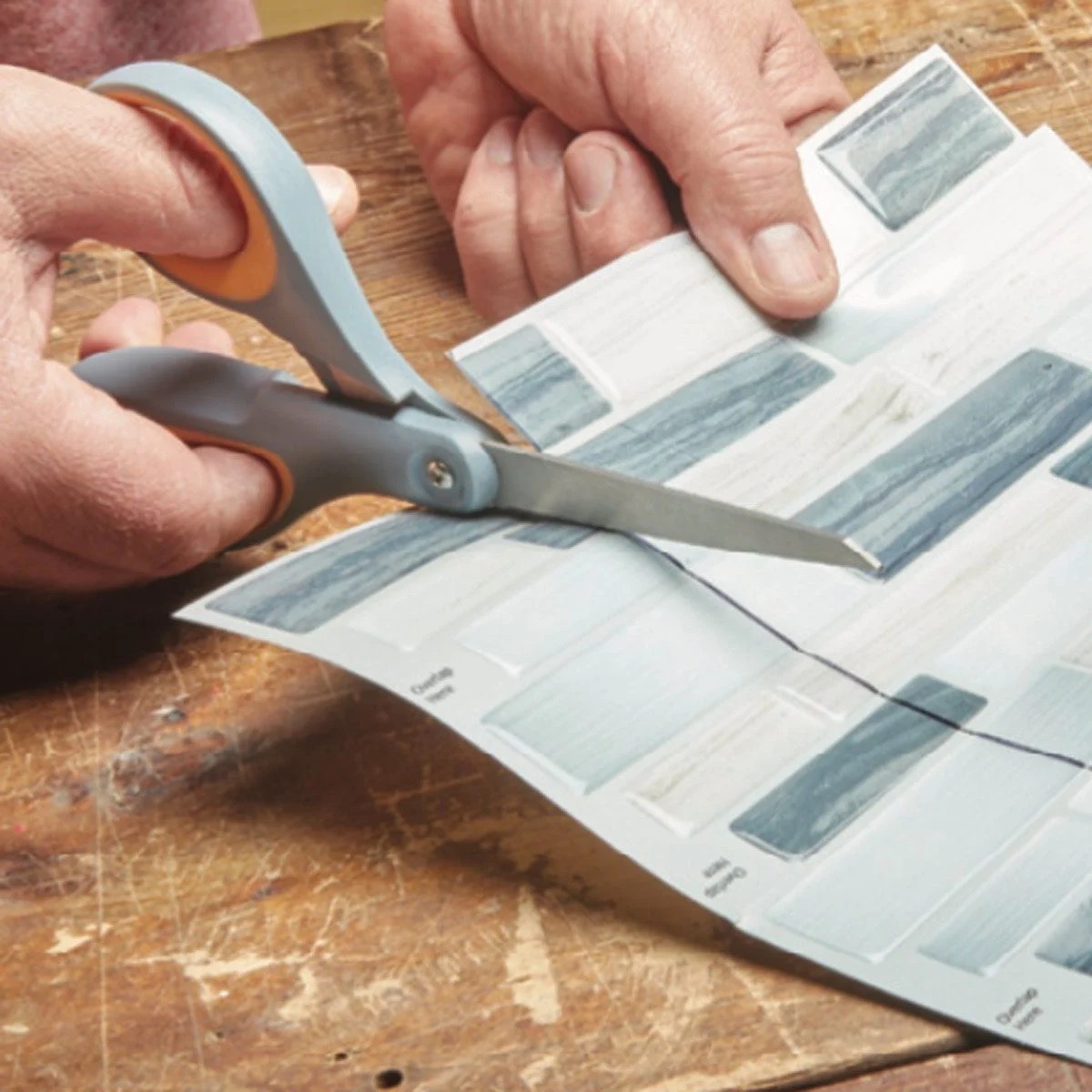
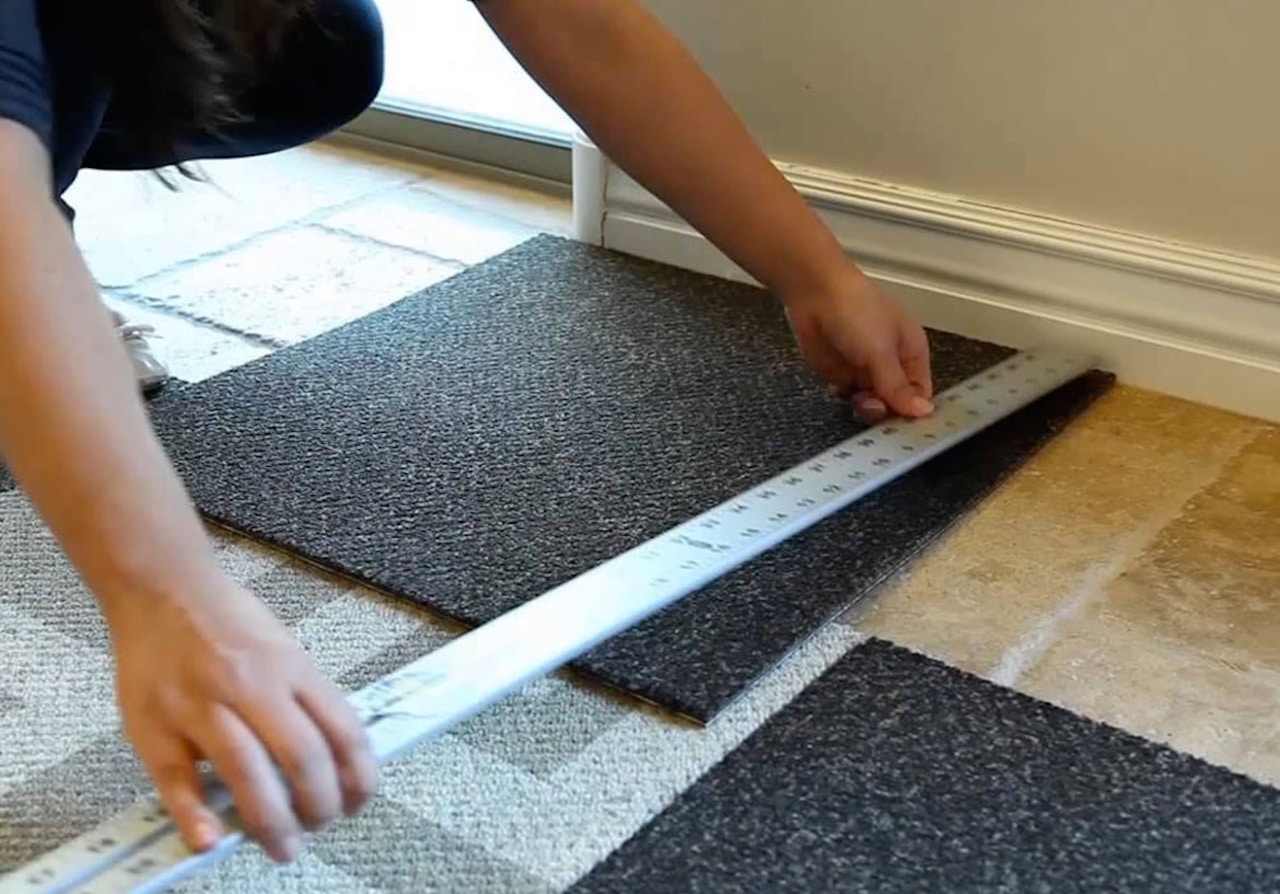

0 thoughts on “How To Remove Sticky Residue From Peel And Stick Tile”